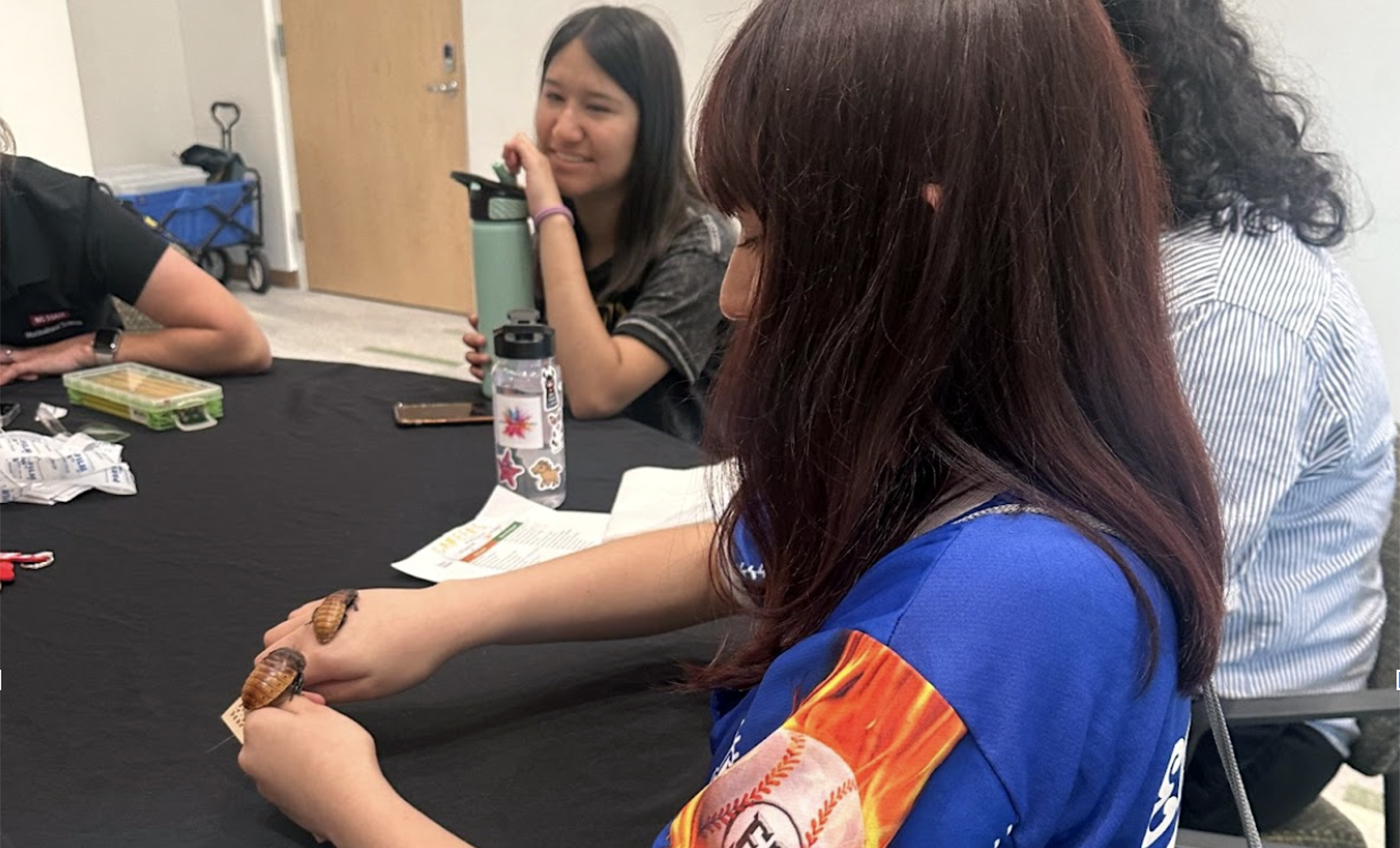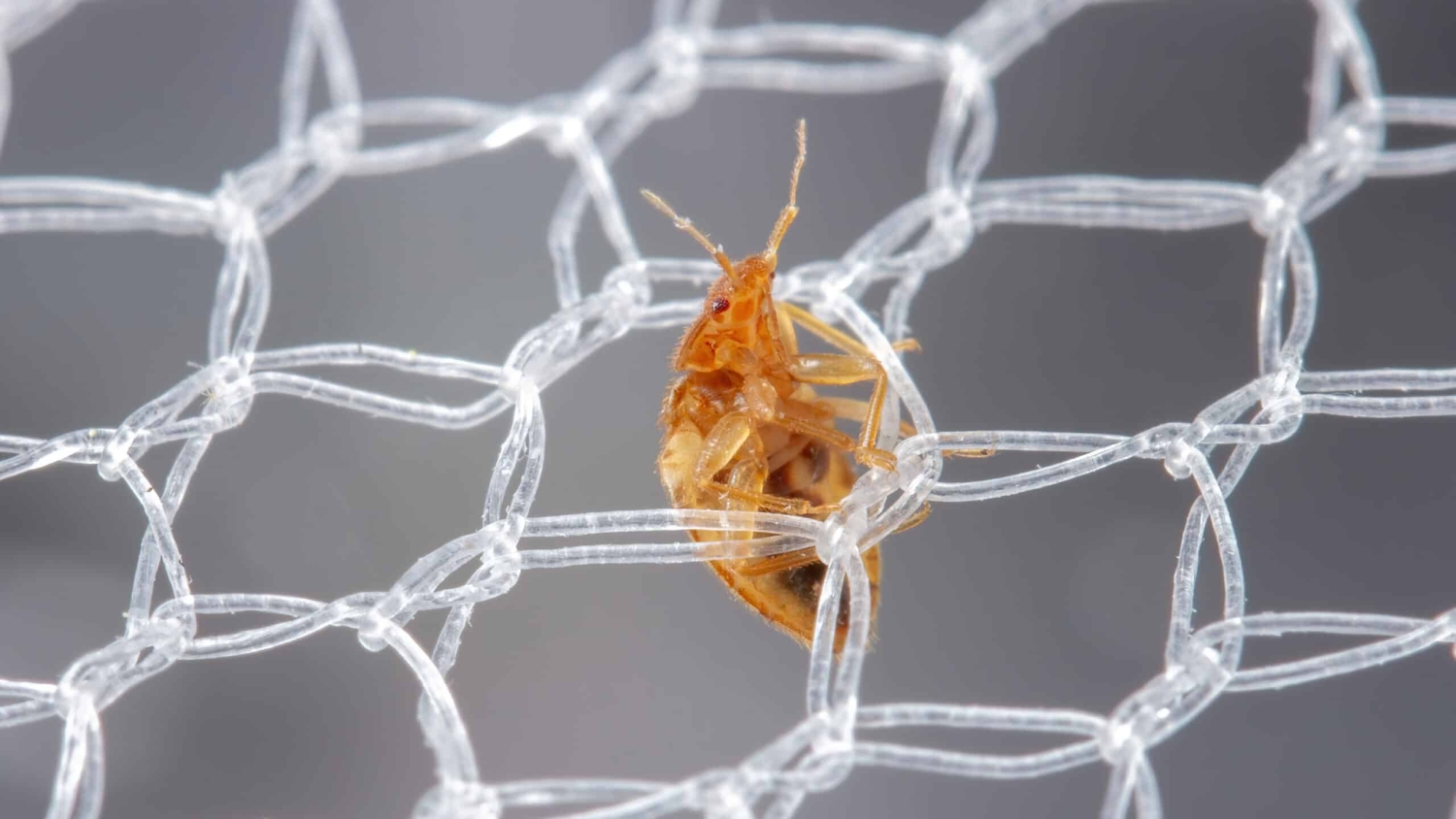Improving the cassava plant
Cassava is Africa’s number two crop and a major source of calories for 700 million people, but it’s highly susceptible to pathogens such as cassava mosaic disease. With African colleagues and students, Dr. Linda Hanley-Bowdoin of NC State University’s College of Agriculture conducts basic research aimed at gaining a better basic molecular-level understanding of viruses and how they affect cassava.
Here’s what she has to say:
“My name is Linda Hanley-Bowdoin. I’m a William Neal Reynolds Professor in the Department of Molecular and Structural Biochemistry. About 2007 I was at a meeting in Mozambique and I met a person by the name of Joseph Ndunguru, and Joseph is now my collaborator. He is a co-PI on an NSF BREAD grant with me. And I remember sitting on the floor at that meeting looking at some data he had. He was just getting started as an independent scientist at that time. And we were looking at pictures of cassava plants that were devastated with disease.
“The reason why this is really important is cassava is the number two crop in Africa. It is a key source of calories for over 700 million people in Africa every day. Unfortunately because cassava’s not as important in the developed world there hasn’t been nearly as much emphasis on the problems in cassava.
“And so when I was sitting on the floor with Joseph all those years ago looking at these pictures, I was really wondering, What can we do to make a difference? For a while there were no opportunities, but then NSF came out with the BREAD program. And the acronym stands for Basic Research Enhancing Agricultural Development, and the goal of that program, which is in collaboration with the Bill and Melinda Gates Foundation, is to look at fundamental questions that impact problems in agriculture in the developing world with the idea being fundamental information that you can gain about what the source of these problems are, maybe what the underlying mechanisms are, can then be translated into solutions down the road.
“I have had a number of undergraduates who come and work in my lab. So they’ll come and work a couple of months, and I give them options and tell them what’s going on in the lab. We have three very different projects in this lab, and inevitably they gravitate toward the cassava project. And I think they do that because it’s very easy to relate what we are doing to a major problem in food security. And they like the idea of working on something that has a real-world outcome potentially.
“I think if we can figure out how to reduce the disease pressure on cassava the potential for growth of production is huge.
“The other thing that … has gotten to be something I hadn’t appreciated when I got started on this but is I think as important is transfer of technology and capacity building. The problem is an African problem. I’m interested in helping Africans solve it, but ultimately the solutions to any of these problems are going to have to be coming from African-led efforts.
“I have a student in my lab, Cyprian Rajabu, who is from Tanzania and doing his Ph.D. research here. … The goal is for Cyprian to return to Tanzania when he finishes his research and be part of the solution – to be one of the leading scientists in the next generation of scientists to lead these efforts.”


